These lower-intensity exercises are a great way to ease into physical fitness
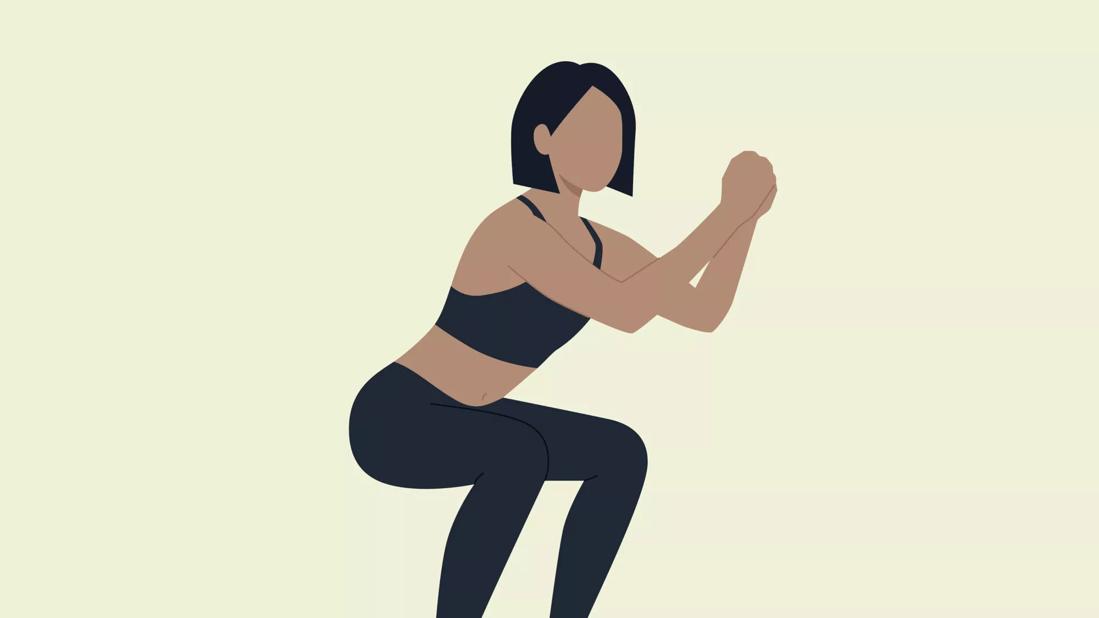
Need a pain-free starting point for your fitness journey? Or maybe you’re hoping to maintain muscle mass while rehabbing? Look no further than isometric exercise.
Advertisement
Cleveland Clinic is a non-profit academic medical center. Advertising on our site helps support our mission. We do not endorse non-Cleveland Clinic products or services. Policy
Isometric movements are a great low-impact way to work your muscles, says sports medicine specialist Michael Dakkak, DO. “There’s certainly more efficient and effective ways to build strength, but anyone can benefit from them,” he notes.
Dr. Dakkak explains five isometric exercises you can try today, their benefits and how to get the most out of incorporating them into your fitness routine.
To understand isometric exercise, it helps to compare it to the most well-known form of strength training: isotonic exercise. These are exercises where you push, pull or lift, such as bicep curls, squats and pull-ups. Isotonic exercises have two parts (phases):
But with isometric exercises, you hold a position that maintains the same muscle length, causing your muscles to fatigue (tire out). Because you’re holding one position (instead of performing continuous reps), your muscles don’t change their size or length the way they do in isotonic exercises.
Advertisement
“If you can tolerate eccentric or concentric movements, they are definitely more effective for building strength,” clarifies Dr. Dakkak. “But if you can’t or you’re rehabbing from an injury, isometrics are usually the first form of exercise we introduce.”
Dr. Dakkak says you may experience several benefits when adding isometrics into your fitness routine:
Because you can exercise at a lower intensity with little or no resistance, isometric exercises are a great starting point for your fitness journey. “Then, as you get more confident, comfortable and stronger, you can incorporate more isotonic movements and weighted exercises,” says Dr. Dakkak.
Research has shown that isometric exercises strengthen joints better than traditional strength training. They accomplish this without the discomfort that sometimes comes with eccentric and concentric movements.
A 2023 study has shown that isometric exercises — especially the wall squat — may be an effective way to lower blood pressure. A wall squat (or wall sit) is an isometric leg exercise where you hold a squat while your back and shoulders lean against a wall behind you. Researchers aren’t sure how this affects blood pressure, but think it may have to do with the movement of blood in and out of your muscles when you contract and release them.
“When we think about high blood pressure, it’s from chronic narrowing of the arteries, which causes higher pressure in them,” explains Dr. Dakkak. “We already know that exercise impacts blood pressure. But in this review of 270 previous studies, researchers found that isometric movements were the most effective.”
While anyone can benefit from this form of exercise, Dr. Dakkak says isometrics are very beneficial for people who have recently had an injury or surgery. These exercises are a great lower-impact way for people to maintain muscle strength. “It’s the first type of exercise these patients would do on their own or with their physical therapist or medical team because it protects the healing area.”
Osteoarthritis can be painful, especially when exercising or moving a joint through its full range of motion. “It can be helpful for people with osteoarthritis to use isometrics to activate muscles and maintain strength before loading them with more resistance,” adds Dr. Dakkak. “Research shows that doing it this way can reduce pain, range of motion and improve function.”
There’s an isometric exercise to target every muscle in your body. But Dr. Dakkak recommends starting with these five to get the most bang for your buck:
Advertisement
“How long you hold these movements depends on your fitness level. If you’re just starting out, aim to hold an exercise between three and 10 seconds. But if you can do up to 30 seconds, that’s reasonable, too,” he says. “Just listen to your body and increase your time gradually.”
He also recommends following the typical strength training model of performing three sets of whatever hold you’re working on. “As you get stronger, you can make it harder by using resistance or weight to keep the area you are working in a static position. The key in an isometric exercise is the lack of joint and muscle movement.”
Planks are a type of isometric exercise that helps strengthen your core (abdomen) muscles. To do a plank:
Dr. Dakkak recommends these two isometric exercises to maintain arm strength:
Advertisement
To target your gluteal muscles (glutes for short), Dr. Dakkak recommends glute bridges. To do them:
Target your leg muscles with isometric squats, known as wall squats. To do them:
If you imagine a fitness routine like a music concert, then isometric exercises are the warm-up act, not the headliner. Dr. Dakkak says doing them without also doing isotonic exercises means missing out on the benefits (and gains) of a well-rounded regimen.
Advertisement
“I would much rather people perform concentric and eccentric movements if they can tolerate them than just focusing on isometrics,” he says. “There’s no research that says isometrics can improve speed or athletic performance. But there is research supporting the use of concentric and eccentric exercises to effectively build muscle mass.”
It’s also important to pay close attention to your form. Having bad form when exercising not only increases your risk for injury, but it also prevents you from maintaining and building muscle efficiently. “Form is key, so have an objective healthcare provider (think: a physical therapist, certified strength and conditioning coach or your physician) look at your form during exercise if you can,” advises Dr. Dakkak.
And remember: Consistency matters, too. Sticking with an exercise routine means your repetitions, sets and endurance will increase. You’ll get stronger — and reach your fitness goals.
Learn more about our editorial process.
Advertisement

The exercise — which you’ve probably been doing since grade school — can be intimidating, but proper form can help
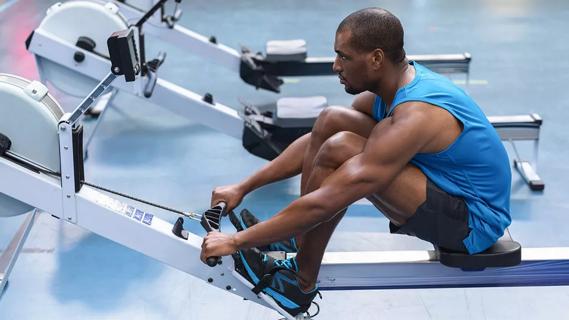
Exercise lowers risk for heart conditions, improves mental health and reduces visceral fat that can compromise your organs
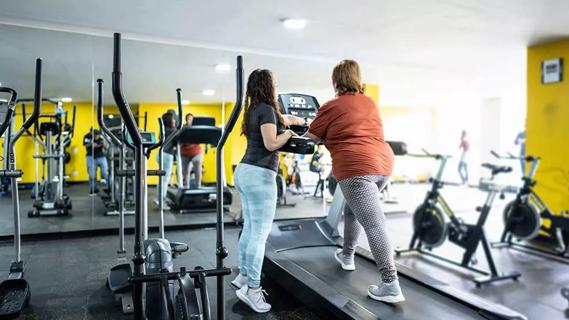
Ask questions, get referrals and consider if someone is a good fit for you and your fitness goals
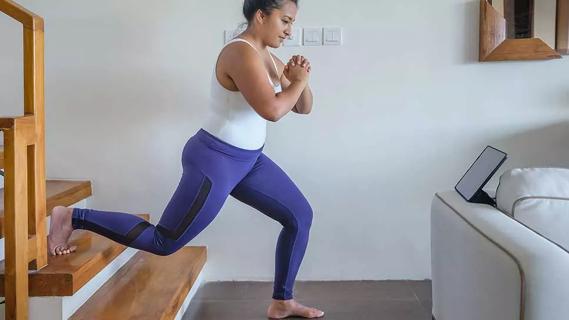
Expect a few bumps in the road, work out for the right reasons and give yourself some credit

Jump into the swing of things to improve your coordination, burn calories and get your heart rate going

Walking with a weighted backpack is a low-impact, full-body workout that’s growing in popularity

A super high heart rate means you’re burning more than fat
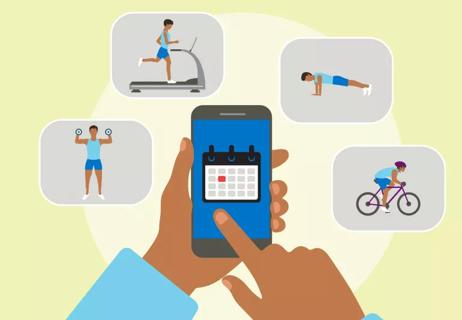
Meet your workout goals by accounting for frequency, intensity, time and type

Type 2 diabetes isn’t inevitable with these dietary changes

Applying a hot or cold compress can help with pain